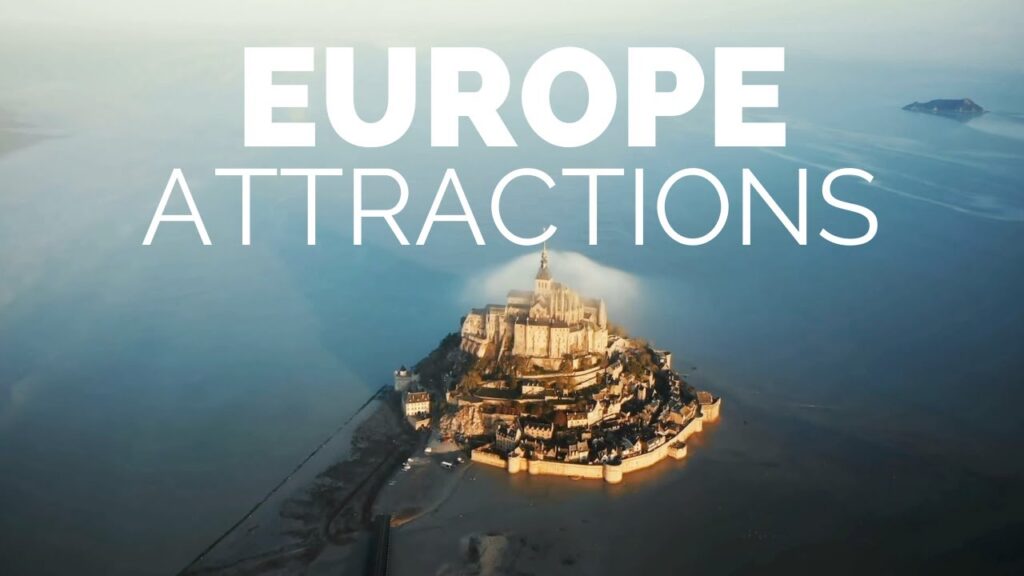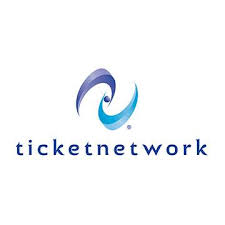Check Full Video HERE
Exploring Europe’s Epic Landscapes and Architectural Wonders
As a travel enthusiast and a self-proclaimed expert on European adventures, I’ve always been mesmerized by the continent’s rich tapestry of culture, history, and breathtaking landscapes. That’s why I was thrilled to share this comprehensive video that navigates through Europe’s diverse attractions—from the architectural marvels like Neuschwanstein Castle to the stunning natural beauty of the Cliffs of Moher. Each site not only offers a visual feast but also tells a story of centuries past, making this video a valuable guide for anyone planning their next European journey.
Creator Bio
This insightful video is brought to you by [Global Trekker], a well-known content creator on YouTube known for their in-depth travel guides and stunning videography. With over a decade of travel experience, [Global Trekker] brings a unique perspective to exploring the world, combining historical insights with practical travel tips. Their channel offers a treasure trove of travel content that helps viewers discover new destinations and plan their trips effectively. Check out more of their work here.
Key Takeaways
- Historical Richness: Europe’s attractions are steeped in history, each telling a unique story of the ages, from the ancient ruins of Pompeii to the baroque details of St. Peter’s Basilica.
- Architectural Diversity: The continent showcases an array of architectural styles, including gothic, renaissance, and art nouveau, which are exemplified in landmarks like the Sagrada Familia and Old Town Prague.
- Natural Beauty: Europe’s varied landscapes, such as the Fjords of Norway and the Scottish Highlands, offer not only stunning views but also opportunities for unique experiences like hiking and cruising.
Step-by-Step Exploration Process
- Step 1: Research and Plan – Begin by researching each destination’s historical and cultural significance to fully appreciate the sites when you visit.
- Step 2: Travel Logistics – Plan your travel itinerary, aligning your routes to cover multiple attractions efficiently. Consider local transportation options like trains or rental cars.
- Step 3: Engage Locally – Once at the destination, engage with local guides or take audio tours to gain deeper insights into the sites. “[Global Trekker] always recommends using local guides to enhance the understanding of the area’s heritage,” they note.
- Step 4: Document Your Journey – Capture your experiences through photos or a travel journal, keeping notes on your personal reflections and tips for future travelers.
Resources Mentioned
- Local Guide Services: Connects you with knowledgeable locals who provide guided tours, enhancing your understanding of historical sites.
- Travel Planning Websites: Useful for itinerary planning and booking transportation and accommodations.
- Cultural Heritage Books: Offer in-depth information on the historical and cultural backgrounds of various European destinations.
Personal Best Advice
From my years of traversing Europe, my best advice is to immerse yourself fully in each location. Don’t rush your visits; instead, take the time to experience each site beyond its surface beauty. Engage with the history, participate in local traditions, and savor the regional cuisine.
Customer Reviews:
🌟🌟🌟🌟🌟
Emily R.: “Absolutely breathtaking! The video guide was super helpful for planning our family trip to Europe. We visited Neuschwanstein Castle and it was like stepping into a fairy tale. Highly recommend! 🏰✨”
🌟🌟🌟🌟
Markus S.: “Great insights and tips! I especially appreciated the local guide recommendations. Only wish there were more hidden gems featured. Nonetheless, a solid guide for first-timers in Europe. 🌍👍”
🌟🌟🌟🌟🌟
Linda K.: “The Cliffs of Moher were on my bucket list and thanks to this video, I finally made the trip. The scenery was spectacular and the travel tips were spot on. A must-watch for any nature lover! 🌊🍃”
🌟🌟🌟🌟🌟
Raj P.: “As a history buff, I found the sections on Pompeii and St. Peter’s Basilica particularly enriching. The cultural context added so much depth to my visits. Excellent work! 📚🤓”
🌟🌟🌟
Sophie T.: “Informative and well-produced, but could use a bit more on less touristy spots. It’s great for major landmarks though! 🗺️🔍”
FAQ
Q: What is the best time to visit Europe for these experiences? A: Spring (April to June) and fall (September to November) are ideal, offering pleasant weather and smaller crowds.
Q: Are there any travel passes that can help with costs? A: Yes, consider rail passes like the Eurail Pass, which offers unlimited rail travel across multiple countries.
Q: How can I find local guides? A: Check travel websites or ask for recommendations at local tourist offices or hotels.
Q: What should I pack for a European adventure? A: Pack light and include versatile clothing, comfortable shoes, and adaptors for European outlets.
Q: Are these sites accessible for travelers with disabilities? A: Many sites have made efforts to increase accessibility, but it’s best to check ahead with each location for specific accommodations.





